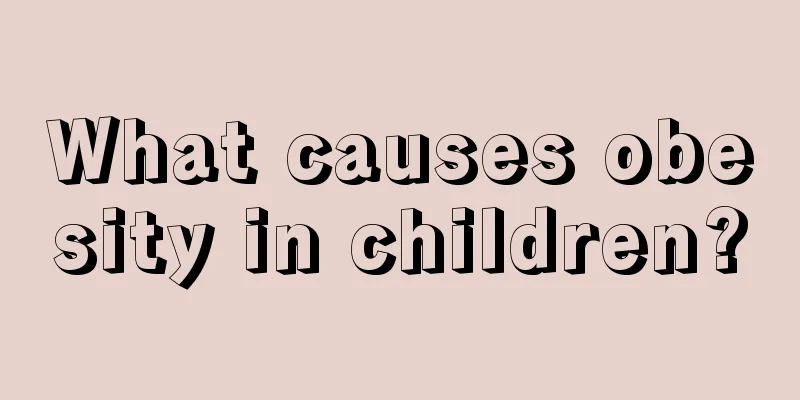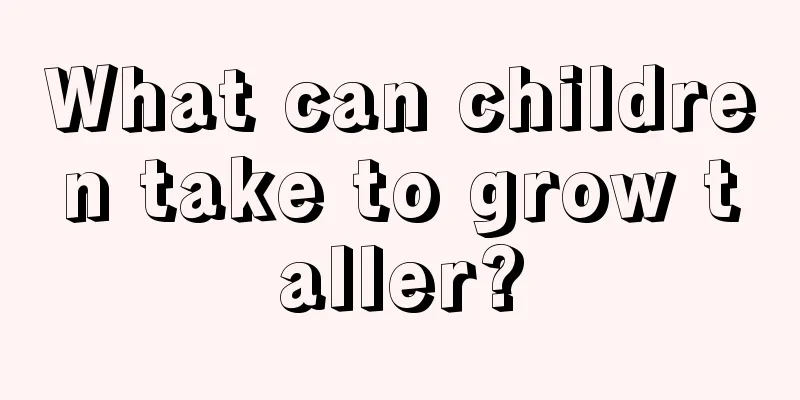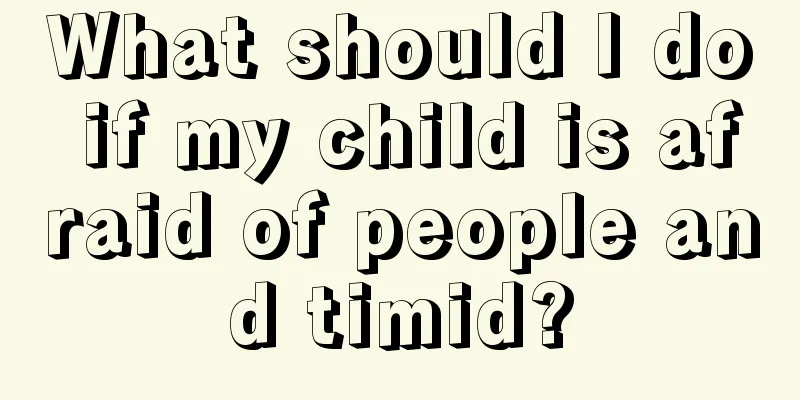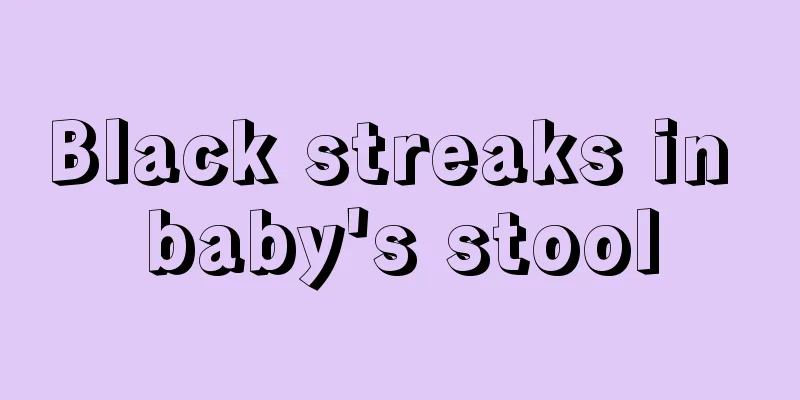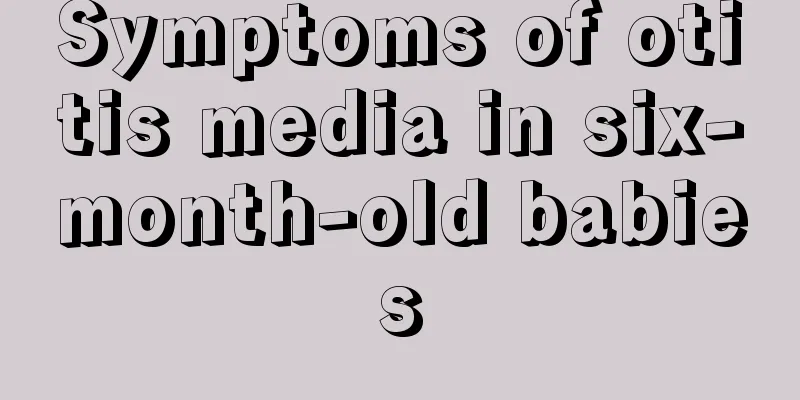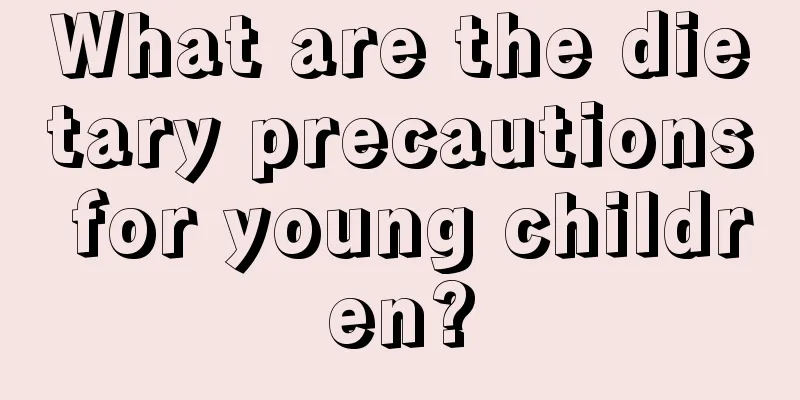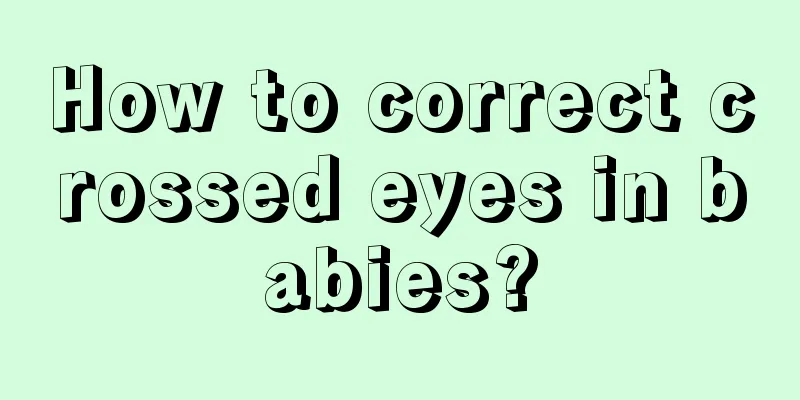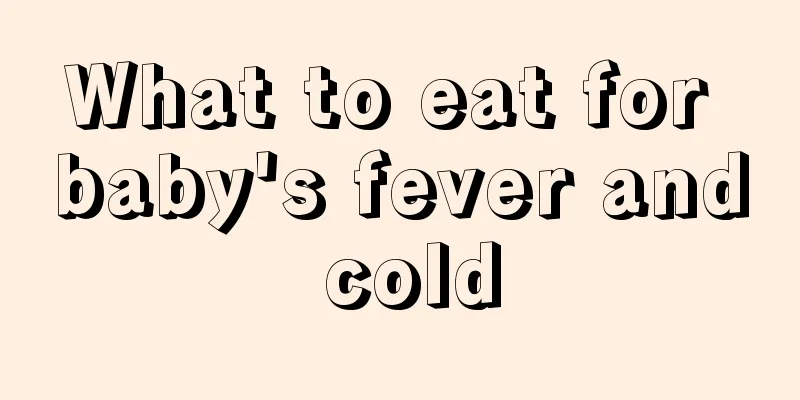Early childhood refers to
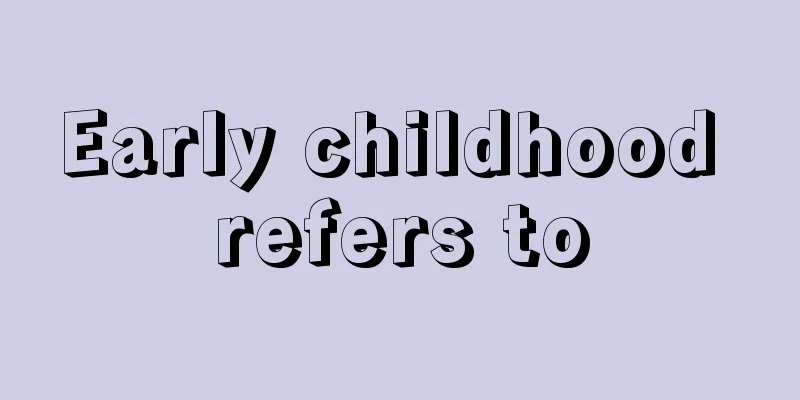
|
A child's growth and development in early childhood is very important, and many methods of cultivating intelligence and interests are designed according to the child's growth process in early childhood. It is also very important to seize this golden period to cultivate children's physical fitness, which can help children grow more healthily. However, many parents are confused and don’t know when exactly the early childhood period refers to. I hope the following introduction will be helpful to everyone. 1. Definition In the early childhood period, different division standards lead to slight deviations in the age groups. In the field of clinical medicine, based on physiological characteristics, the early childhood period is generally defined as 1 to 3 years old [1]. There is also a view that 3 to 7 years old is divided into the early childhood period. [2] The feature descriptions of the above two methods are basically the same. That is: during this period, children's growth rate slows down, their intellectual development accelerates, their range of activities expands, and their exposure to social affairs increases. There is significant development in language, thinking and social skills. Due to the lack of ability to identify dangerous things and self-protection, accidental injuries and poisoning are prone to occur. The focus of health care during this period is to cultivate good eating and hygiene habits, ensure nutrition and supplementary food, and prevent infectious diseases and accidents. 2. Physical development During early childhood, an individual's physiology continues to develop and change. The height and weight are increasing, the proportions of various body parts are gradually approaching those of adults, and the muscles and bones are becoming stronger and stronger. More importantly, the structure and function of the nervous system, especially the cerebral cortex, continue to mature and develop. The weight of a child's brain continues to increase, reaching 1011 grams at the age of 3 and reaching 1280 grams at the age of 6 or 7. At this time, the fibers of cortical cells continue to grow, their branches increase, and they continue to myelinate; the connections between cortical cells increase, the analytical and comprehensive activities become increasingly perfect, the cortical lobes mature successively, and the cortical inhibitory function develops rapidly. These provide conditions for the psychological development of young children. The development of a child's head is ahead of other parts of the body. During the years 1 to 3, the head circumference increases by 2 cm throughout the year; thereafter, until the age of 15, it only increases by 4 to 5 cm, reaching the adult head circumference. At birth, a newborn's chest circumference is 1 to 2 cm smaller than its head circumference; around 1 year old, the chest circumference of a child catches up with the head circumference; after 1 year old, the chest circumference exceeds the head circumference only at 12 years old. The development of teeth can reflect the development of bones. At the age of 1, the baby should have 6 to 8 deciduous teeth; at the age of 2 and a half, all 20 deciduous teeth should have come out. Changes in the cranial fontanelle reflect the development of the skull. Generally, the cranial fontanelle of a child aged one and a half years should be closed. The physical growth rate slows down but still increases steadily: weight stabilizes at around 2kg per year, and height stabilizes at around 5-7cm per year. The appetite, which was very strong during infancy, has slightly decreased. Starting from learning to walk, jump and run, children have more exposure to the external environment. 3. Rapid neuropsychological development: The development of language, memory, thinking imagination, fine motor skills, etc. is accelerated, and they become curious about the external environment, like to imitate, and tend to transition to intelligent development. As we grow older and interact more with people around us, our understanding and emotions towards objective things become more diverse, and we are more likely to develop a sense of sympathy, honor, and trust. Under correct guidance, we can gradually distinguish between good and bad, likes and dislikes. |
<<: What to do if your child is too lazy?
>>: Children's chest bones protrude
Recommend
What's going on when a child gets red spots on his body that look like prickly heat?
Children's skin is very delicate, so in the s...
Can simple purpura in children be cured?
The reason why many parents nowadays do not like ...
What are the symptoms of cryptorchidism in children?
Cryptorchidism in children is divided into four c...
Seven-month-old baby food recipes
Whenever the baby is seven months old, he can eat...
Red spots between the child's belly and thighs
In life, many children often have some red spots ...
Can children soak their feet when they have a fever?
It is normal for children to have poor body resis...
Things to note after the red and blue light treatment
Jaundice is a disease symptom that newborns often...
What to do if your child has trouble falling asleep
Difficulty falling asleep is a common problem for...
The child's neck moves involuntarily
We all know that children are particularly prone ...
What are the symptoms of dacryocystitis in infants and young children?
Infants and young children have tears and snot al...
What to do if a newborn baby spits up milk from his nose
There is a method to feed a baby. If parents do n...
The child fell and got a big bump on his forehead
Children are always in a hurry when they walk, so...
What should I do if my baby has a lot of eye secretions?
The weather in summer is the hottest in the year....
What to do if your 6-year-old child is rebellious?
Children’s rebellious period can be short-lived o...
What to do if your seven-month-old baby has bloating
Flatulence is a stomach disease. Generally, there...
